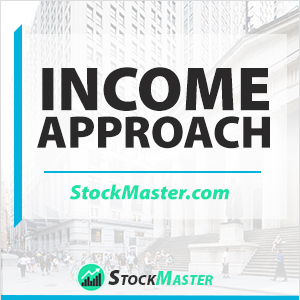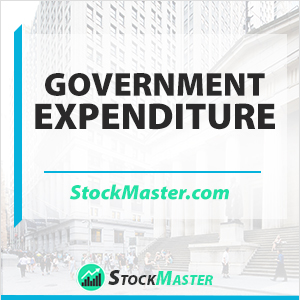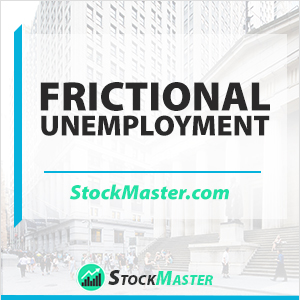What is Perfectly Inelastic Demand? Definition: Perfectly inelastic demand is an economic situation whereby, demand and supply is not in any way influenced by pricing. In a perfectly elastic market, the demand and supply never changes even with erratic changes in pricing. Inelastic refers to the static quantity of supply and demand, even with price
Category: Economics
Price Floor
What is a Price Floor? Definition: Price floor denotes the lowest amount that consumers can pay for goods and services. Likewise, the term is used to denote the minimum wage that employers can pay employees for service rendered. Understanding Price Floor Example Often called price supports, price floor plays a crucial role in ensuring price
Price Level
What is Price Level? Definition: Price level denotes the cost of goods and services in an economy. It is the average of all prices of an entire spectrum of products and services. Economists pay close watch to price level as it helps shed more light on consumers’ purchasing power. The analysis also helps in the
International Trade
What is International Trade? Definition: International trade is an economy’s ability to exchange goods and services in exchange for value, usually monetary and the circulation of resources across borders. How Does International Trade Work? International trade happens when countries trade with each other so that a c important not only for traders but also for
Inelastic Supply
What is Inelastic Supply? Definition: Inelastic supply is one of the concepts within the law of supply and demand. Inelastic supply refers to an economic situation where price changes do not affect the amount of products that producers are able and willing to produce. What does it mean to have inelastic supply? The elasticity of
Income Approach
What is the Income Approach? Definition: The income approach is a popular concept in both finance and economics. In finance, the income approach is a tool that helps appraisers to determine the value of an income-generating asset. On the other hand, economists use the income approach to determine the gross domestic product (GDP) of a
Government Expenditures
What are Government Expenditures? Definition: A government expenditure is an economic tool that can be used to influence the economy by redistributing income to increase or decrease economic activity. Every government has an obligation of meeting various expenses such as the provision of healthcare, defense, and social protection services as well as education. It is
Frictional Unemployment
What Is Frictional Unemployment? Definition: Frictional unemployment is a phenomenon that occurs when workers leave their jobs and start looking for work somewhere else. This type of unemployment also occurs when workers are transitioning to new jobs. While it is synonymous with fledgling economies, it also occurs in stable economies. Understanding Frictional Unemployment and it’s
Free Market System
What is a Free Market System? Definition: A free market system is an economic system whereby forces of demand and supply are in control. The market system is characterized by zero government control or involvement in the setting up of prices or supply of goods. In contrast, in a regulated market system, the government often
Externality
What Is An Externality? Definition: Externality is a term used in finance to denote the cost or benefit incurred by an unrelated third party. Externalities occur from the production of goods and services that end up impacting third parties that are not directly related. Similarly, an externality can be negative or positive. The fact that










